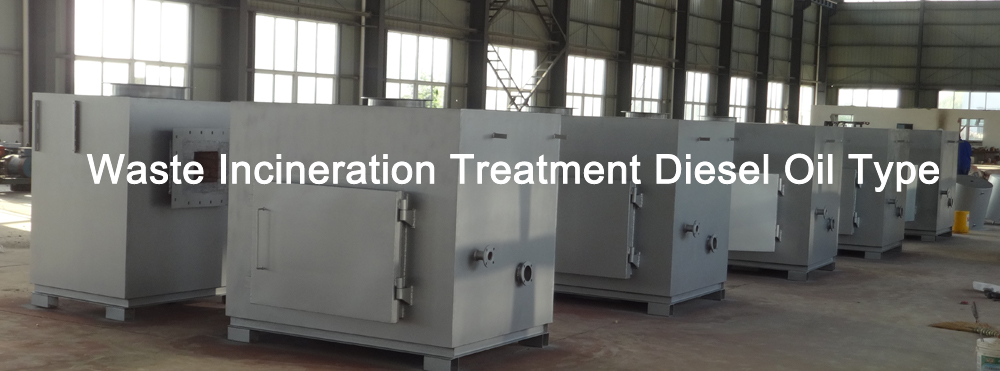Incinerators are a hot topic in the world of waste management and environmental protection. Unfortunately, they are often subject to a number of common myths and misconceptions. Let’s take a closer look at some of these myths and debunk them once and for all.
Myth #1: Incinerators are harmful to the environment.
One of the most pervasive myths about incinerators is that they are harmful to the environment. However, modern incinerators are equipped with advanced pollution control technologies that effectively capture and neutralize harmful emissions. In fact, when compared to other waste management methods such as landfilling, incineration produces lower levels of greenhouse gases and reduces the volume of waste by up to 90%.
Myth #2: Incinerators release toxic pollutants into the air.
While it is true that incineration does release emissions into the air, the amount of pollutants is heavily regulated and monitored by environmental agencies. Additionally, incinerators use a combination of technologies such as scrubbers, electrostatic precipitators, and bag filters to capture and neutralize pollutants before they are released into the atmosphere. This ensures that the air quality in the vicinity of the incinerator remains safe for the surrounding communities.
Myth #3: Incinerators are a waste of energy.
Contrary to popular belief, incinerators actually produce energy as a byproduct of the waste combustion process. Many incinerators are equipped with systems that convert the heat generated from burning waste into electricity or heat for nearby communities. This helps reduce the reliance on non-renewable energy sources and contributes to a more sustainable energy infrastructure.
Myth #4: Incinerators are a source of hazardous ash residue.
While it is true that incinerators generate ash as part of the waste combustion process, the ash is carefully managed and disposed of in a way that minimizes its environmental impact. In fact, many modern incinerators have systems in place to recover metals and other valuable materials from the ash, reducing the amount of waste that ends up in landfills.
Myth #5: Incinerators are not cost-effective.
In reality, incineration can be a cost-effective waste management method, especially when compared to other options such as landfilling. By reducing the volume of waste and generating energy from the combustion process, incinerators can provide a sustainable solution to managing municipal solid waste.
Overall, it is important to separate fact from fiction when it comes to incinerators. While they are not without their challenges, modern incinerators are equipped with advanced technologies that make them a safe, effective, and environmentally responsible waste management option. It is important to consider the facts and evidence when evaluating the role of incineration in the broader context of waste management and environmental protection.



